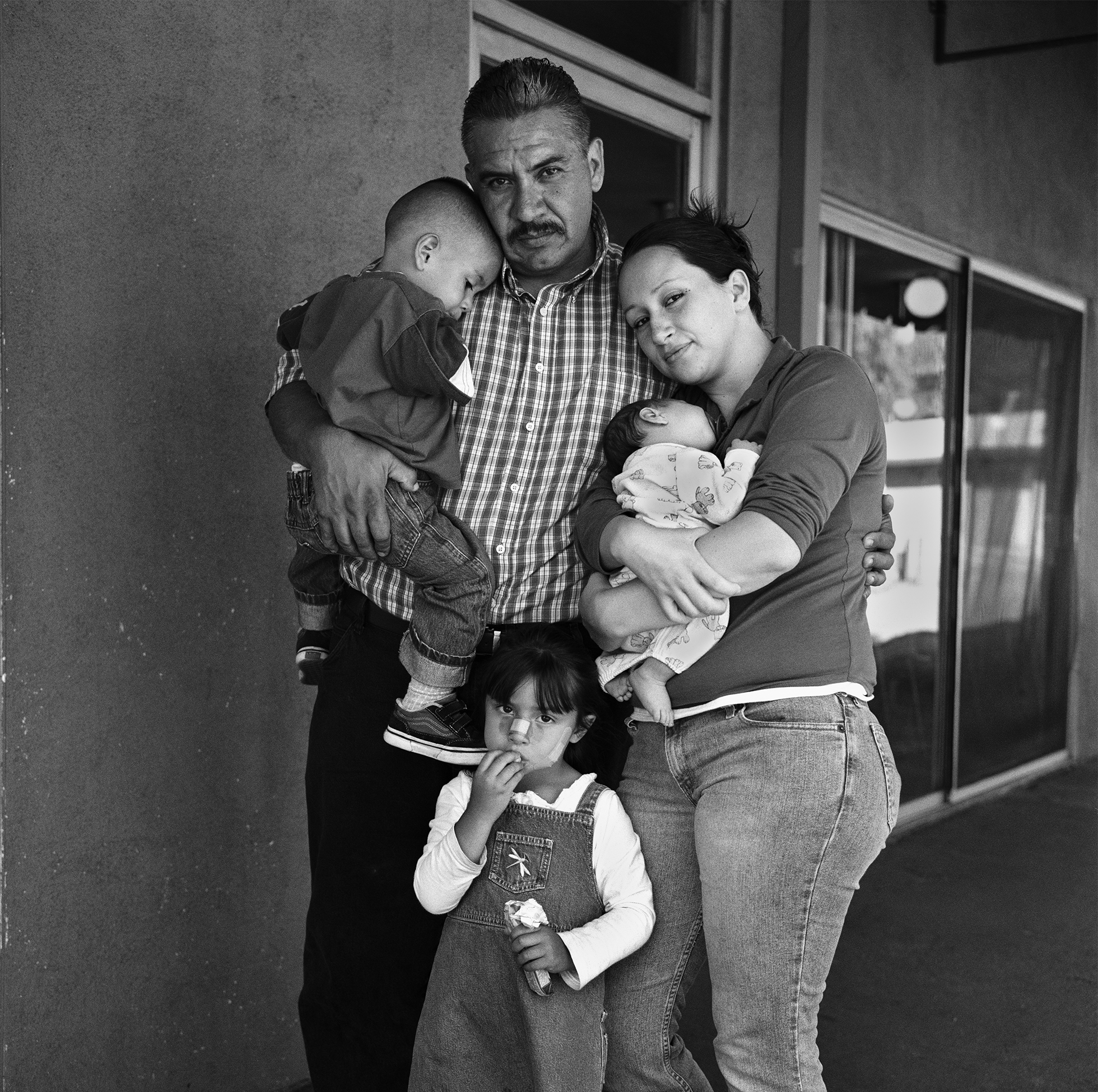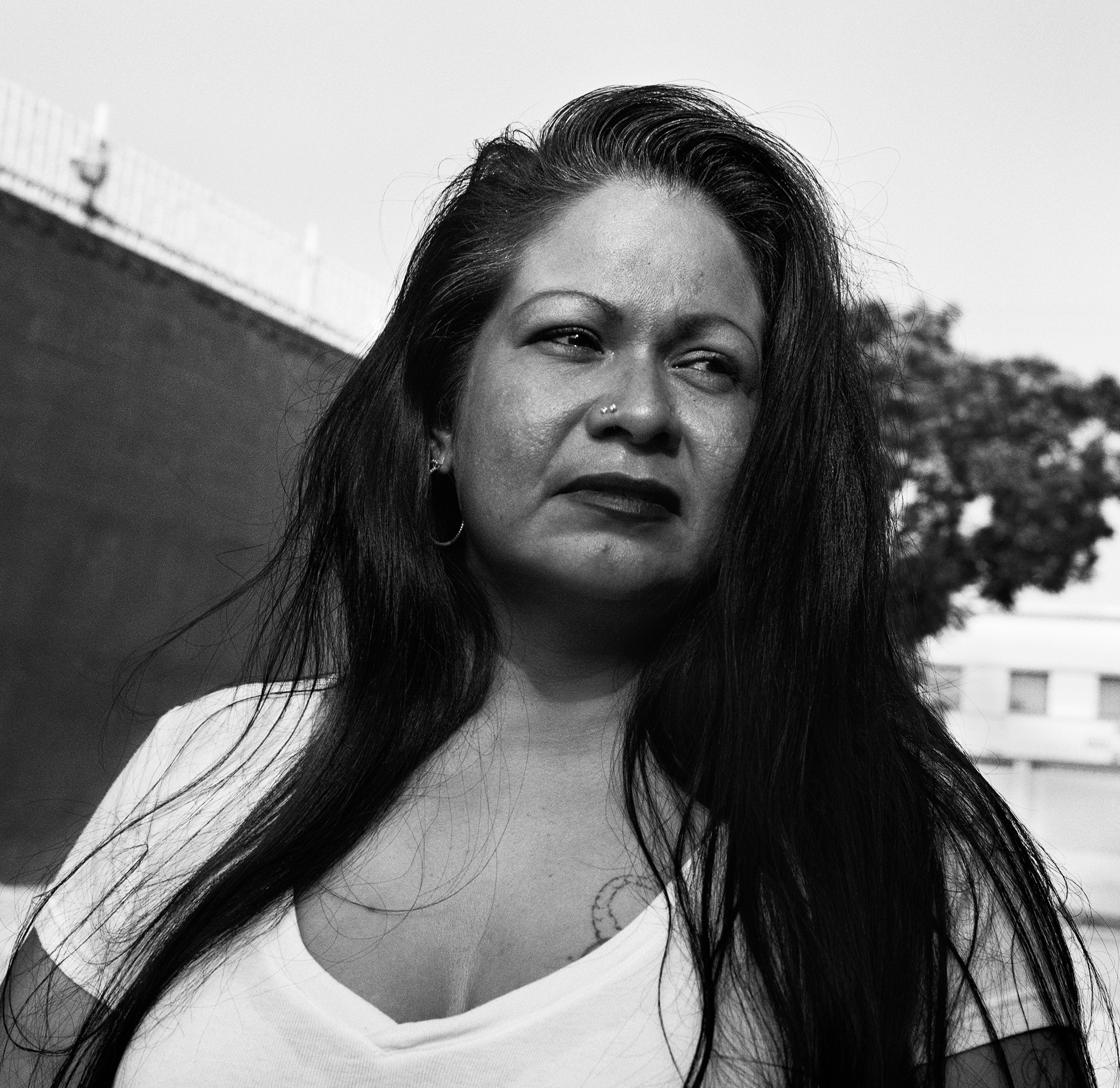Photographer Joseph Rodríguez grew up in Brooklyn, New York, and as a boy he watched the men in his family go in and out of prison. There were very few support programs for ex-felons at the time, and Rodríguez witnessed the difficulty his relatives had adjusting to life on the outside.
With approximately 2.2 million people currently behind bars in the United States and more than twice that many out on parole, the need to help former inmates reenter society has only grown. Several years ago, wanting to humanize the statistics, Rodríguez photographed the residents and clients of Walden House in Los Angeles. Founded in 1969 as a shelter for homeless adolescents, Walden House currently offers a wide array of services in LA and San Francisco, including programs for parolees and people with mental-health and substance-abuse disorders. For more information, visit healthright360.org.
This isn’t Rodríguez’s only experience documenting individuals caught up in the criminal-justice system. We published his photographs of incarcerated juveniles in our May 2004 issue. (The photographer himself was sentenced to Riker’s Island as a teen.) While taking these photographs at Walden House, Rodríguez says he saw how the program helped people recover and change their lives. Other images from the series can be viewed at josephrodríguezphotography.com.
— Ed.
“I don’t want to be an old lady dying on the streets.” Karen had been homeless for fourteen years and had been in and out of prison. She had no children or family and suffered from a mental illness.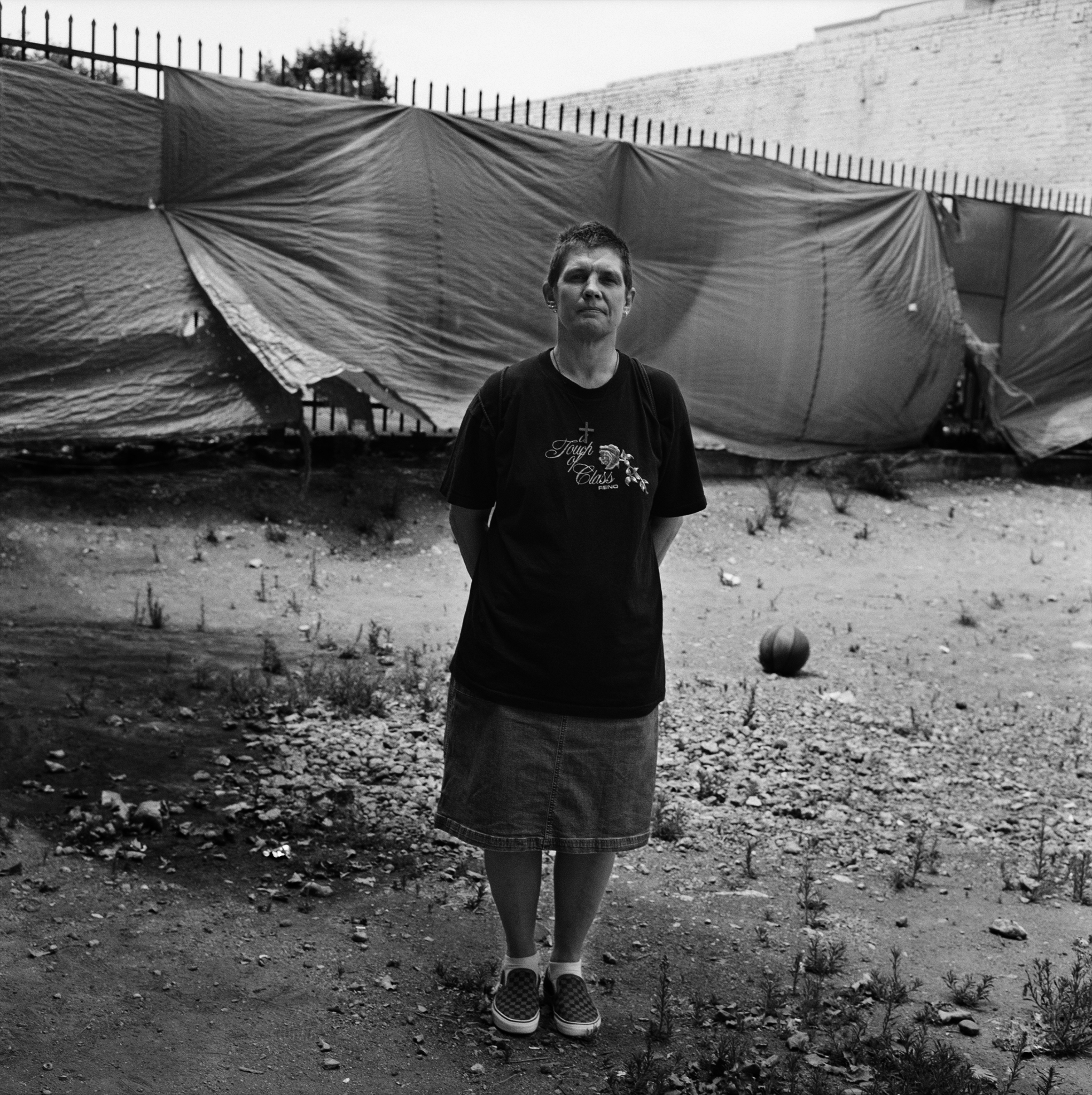
“What scares me the most is not making it.” Joey had served twenty-seven years in prison and now worked for the nonprofit Restorative Justice. He’d been at Walden House for six years and was still learning to assimilate and adjust to modern technology.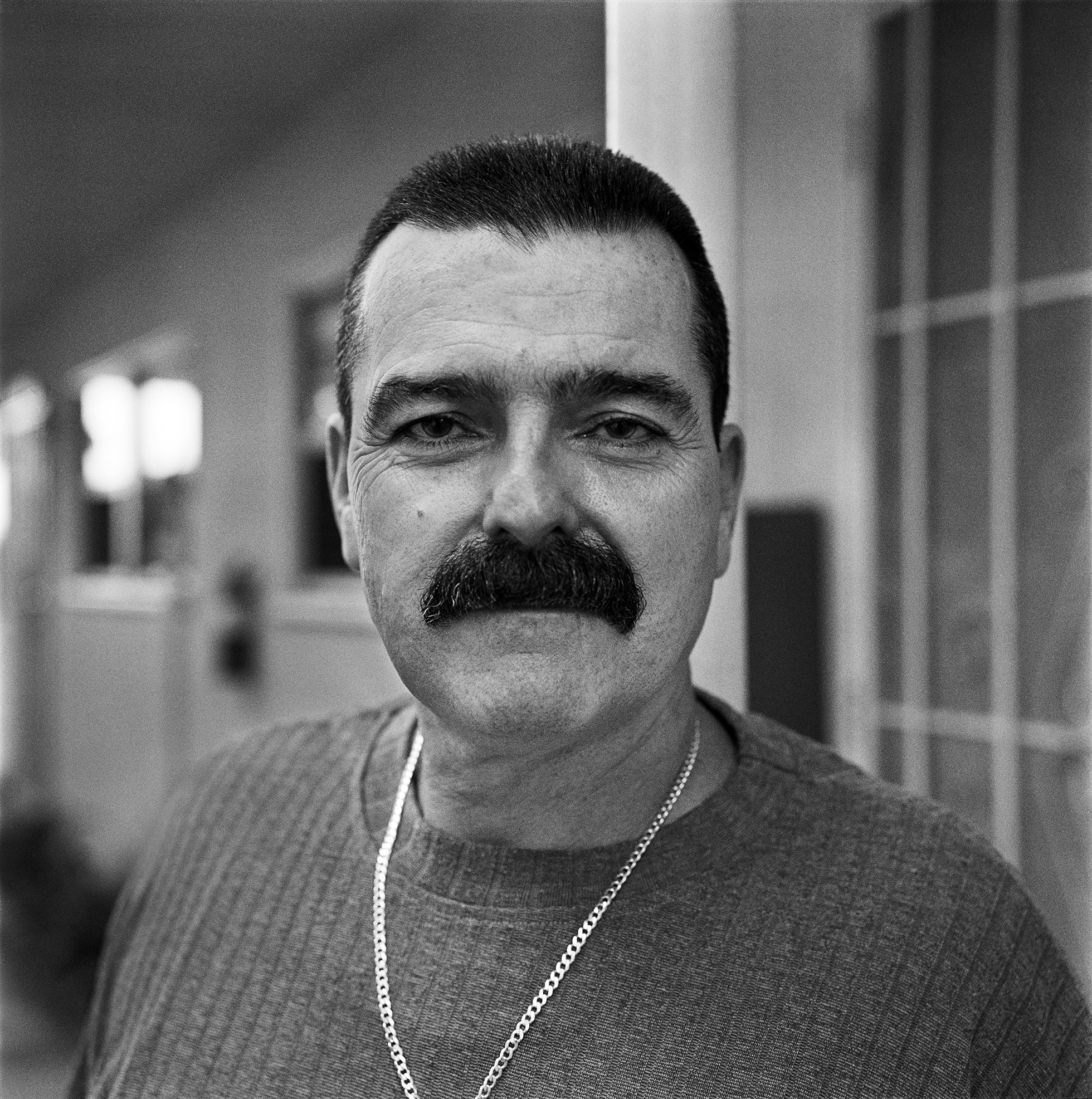
“I want to use all these skills I have learned for how to make money illegally and turn them around so I can begin to live a life without crime.” Sakura was eight months pregnant when she posed for this photograph. She had not seen her other children in five years, including one son who was in prison.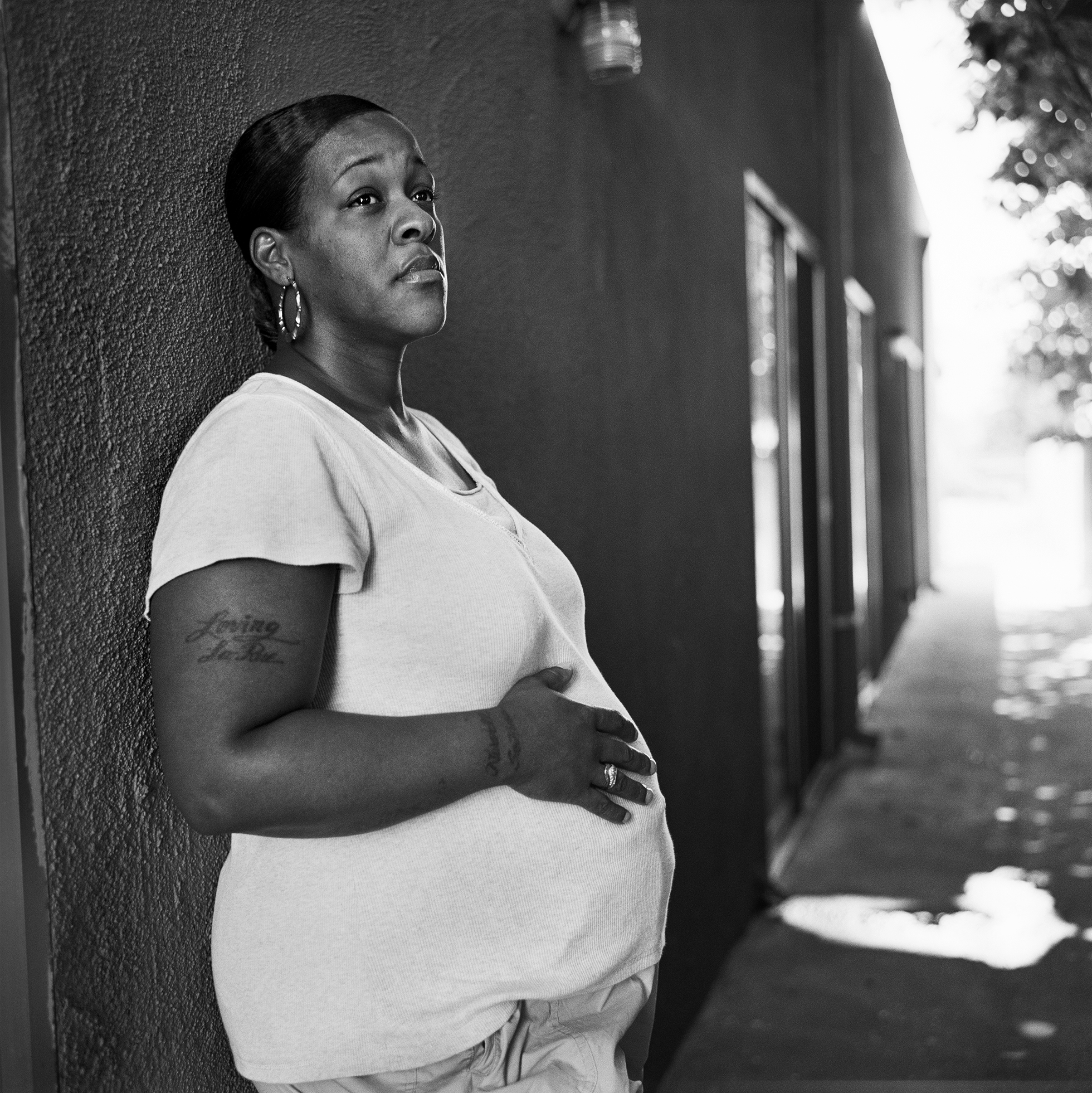
“This is the longest I have been out since I was eighteen.” Joseph was a member of the La Puente gang. He’d been shot seven times in 2002 and later had become addicted to heroin in prison, where he said the drug was easy to get. At the time his picture was taken, he was thirty-one and in a methadone program.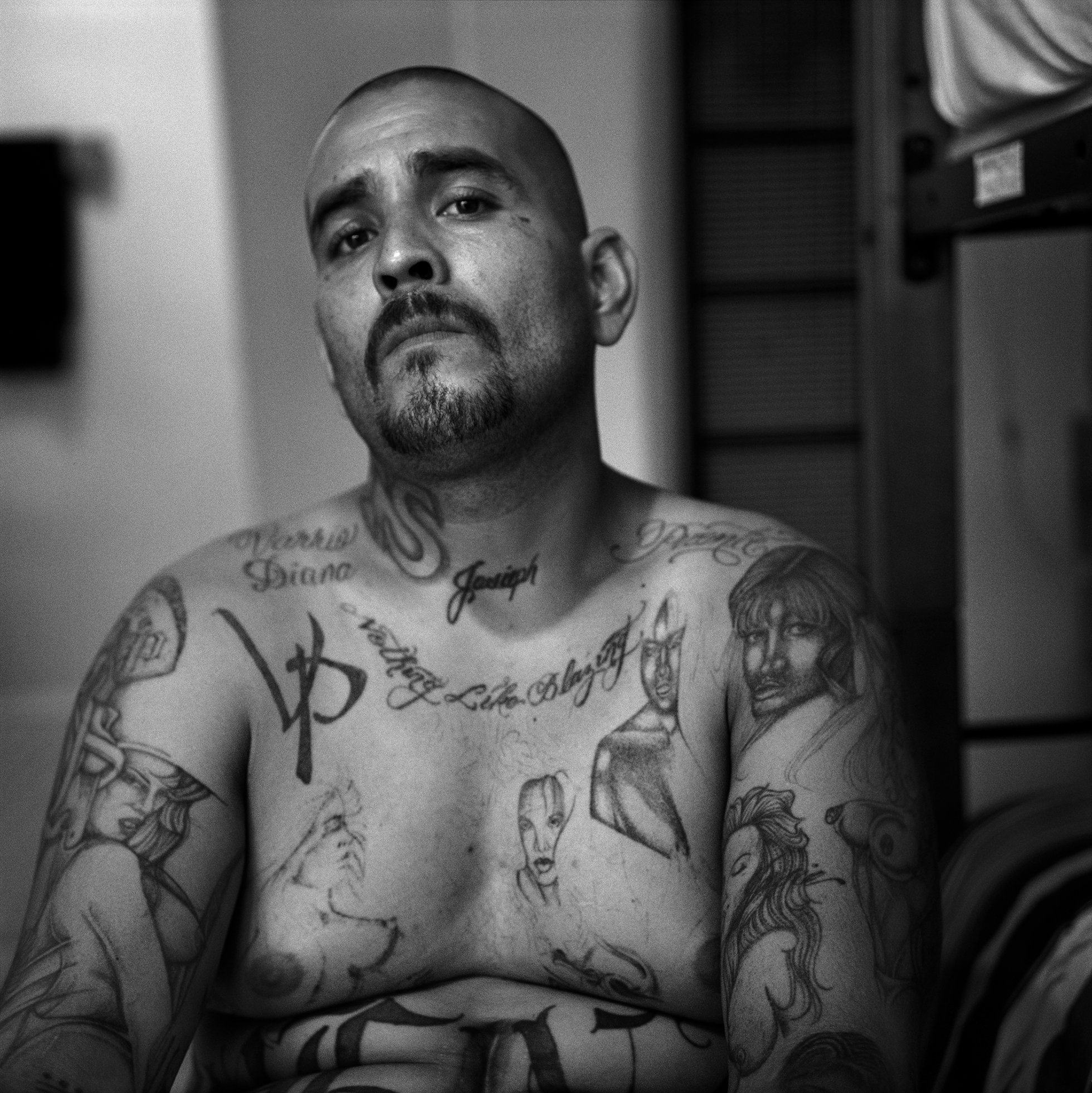
“The gang life was all around me as a child. I come from a family of gangsters.” Ryan had grown up in the San Fernando Valley with a high standard of living. He’d joined a gang by the time he was nine, so when he moved to South Central Los Angeles at nineteen, he “fit right in,” he said.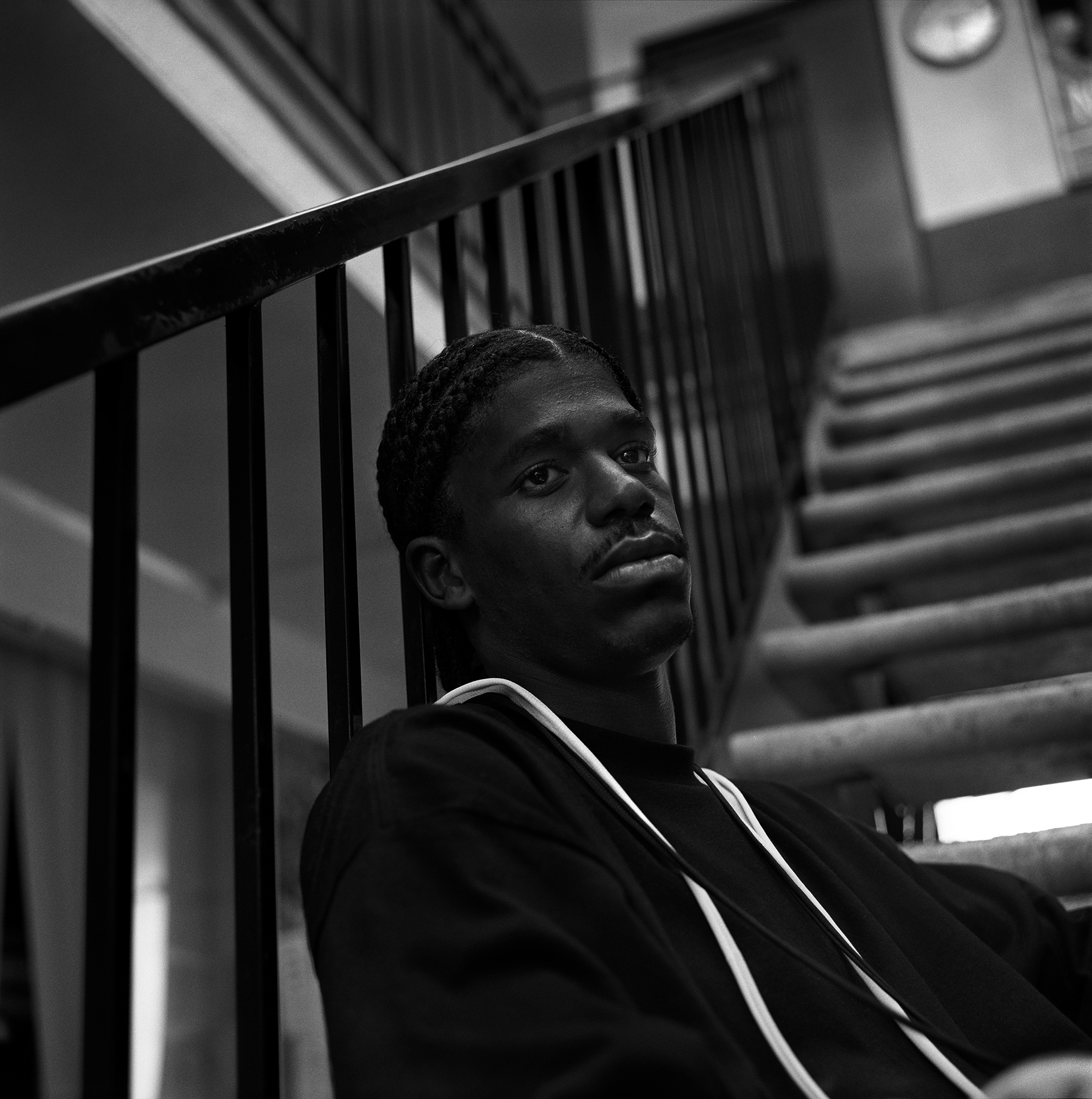
“My dad hustled women for money. I have followed my father’s example and hustled old men for money . . . until I got caught.” Tracey is a Romani, or “Gypsy.” She’d had an arranged marriage at fifteen and had left school in tenth grade. She hoped to get into a sober-living program after she left Walden House.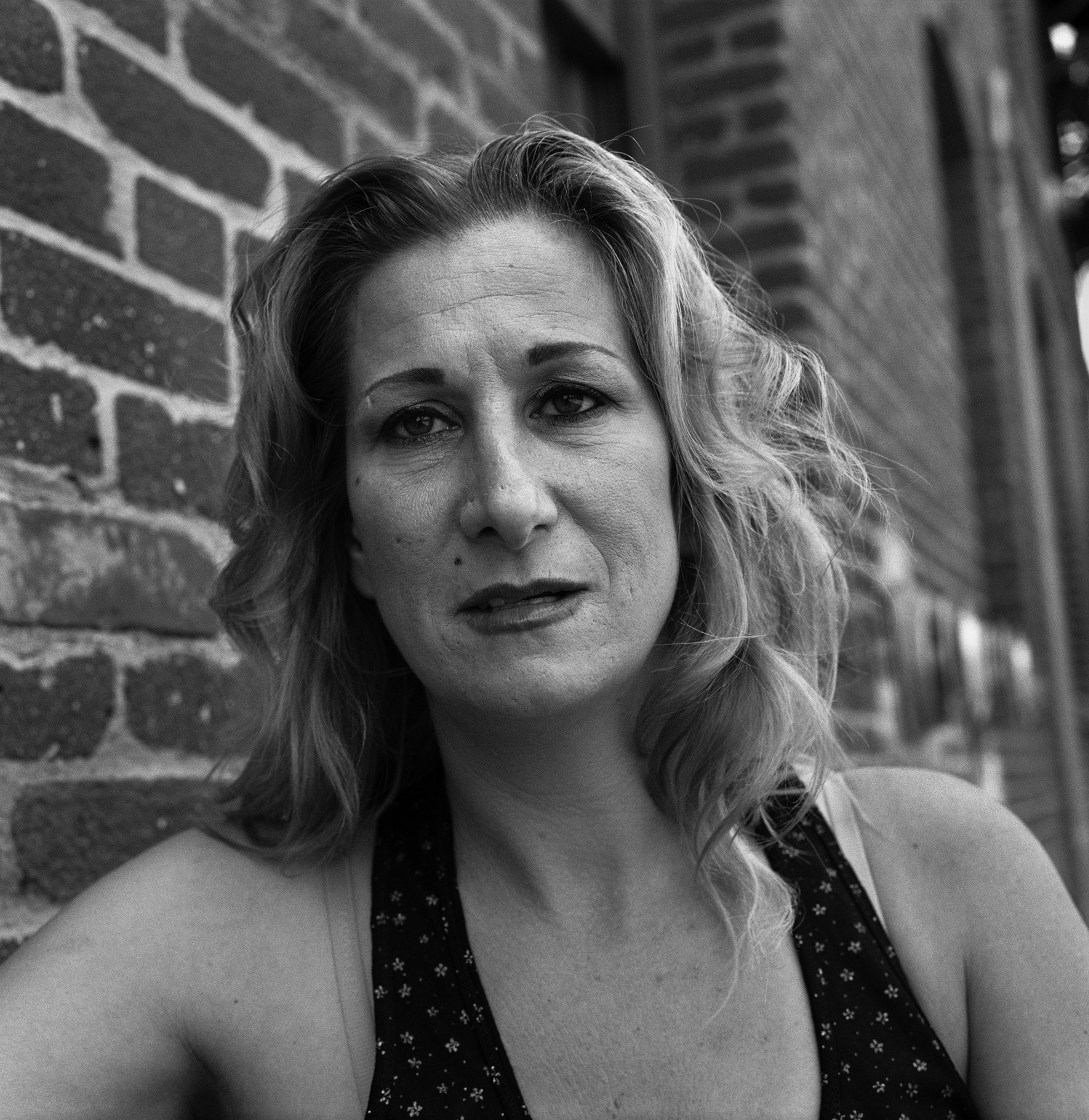
“They didn’t expect me to live.” Jason was a former Crip gang member who’d been blinded and disabled when the police shot forty-two bullets into his vehicle, wounding him and killing his girlfriend.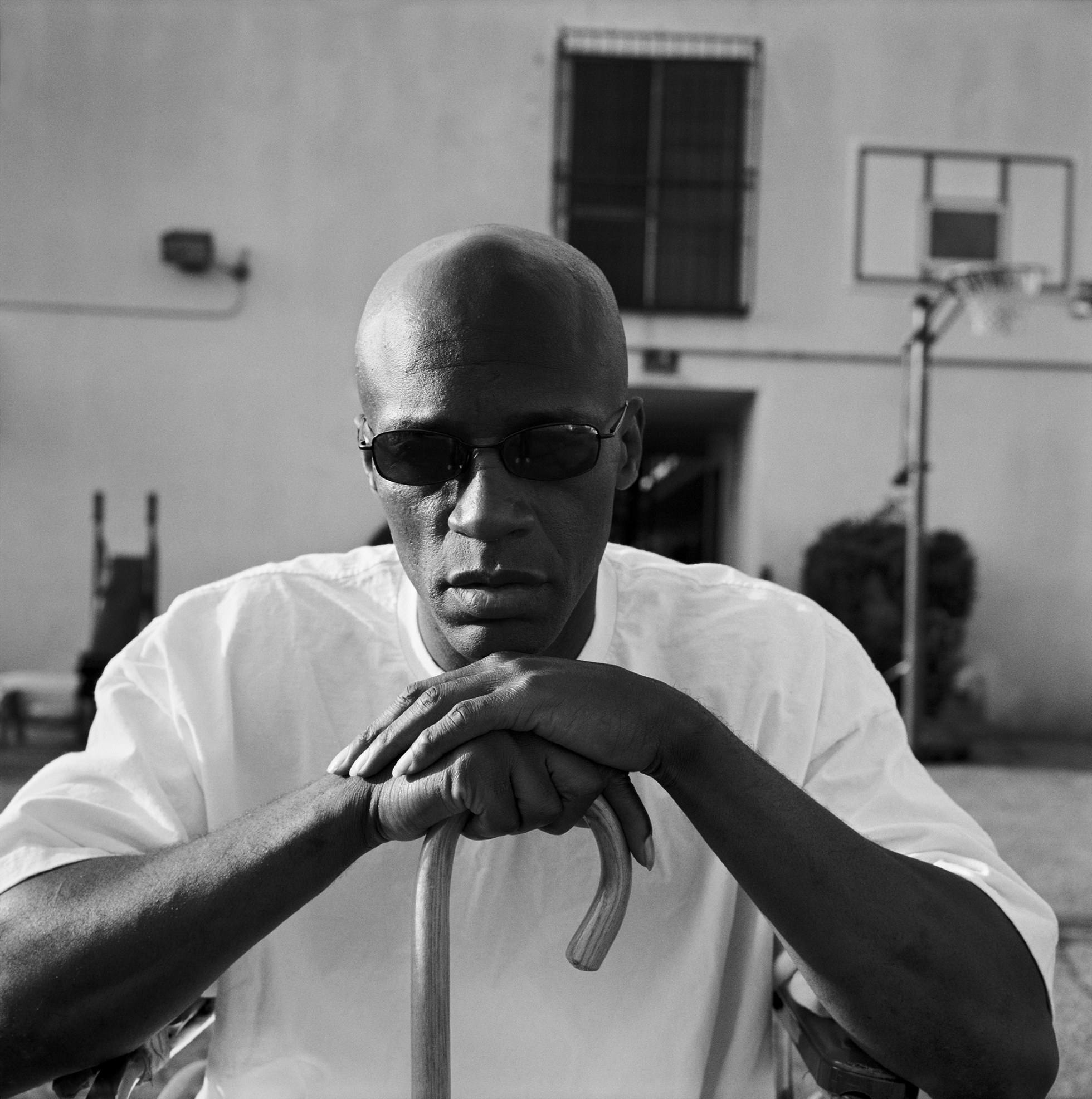
“I started smoking crack and went on to dealing when I was twenty-three. I have been raped two times.” Shelia was a forty-year-old mother of seven who had been back and forth to prison for more than a decade.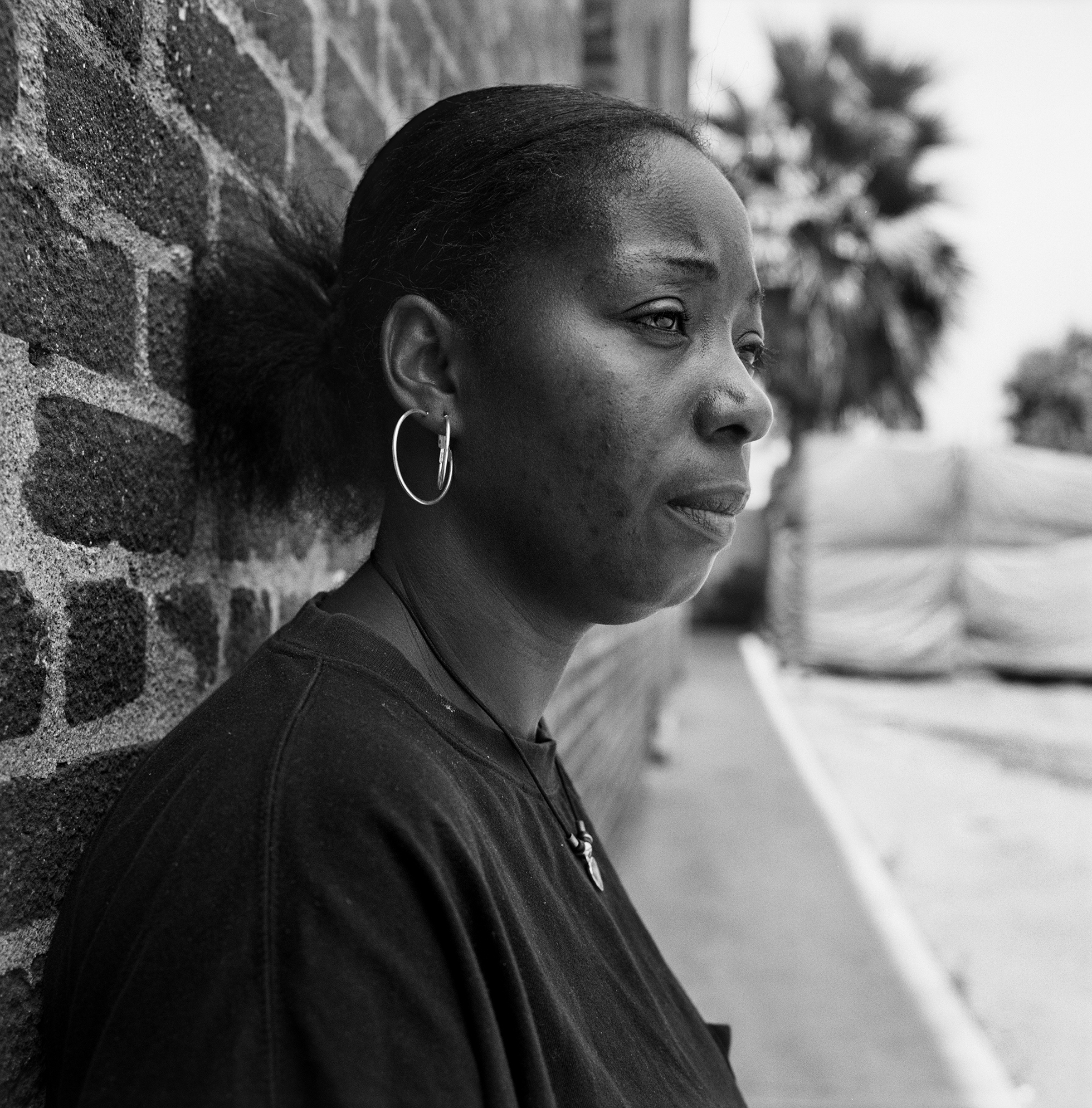
“I had to help my wife, who has a drug-addiction problem, and I did not want to see my kids wind up in the system.” Jorge came to Walden House for parenting classes and to see his wife, Elizabeth, and their three kids. He had quit his job with an airline so he could remain close to his family.